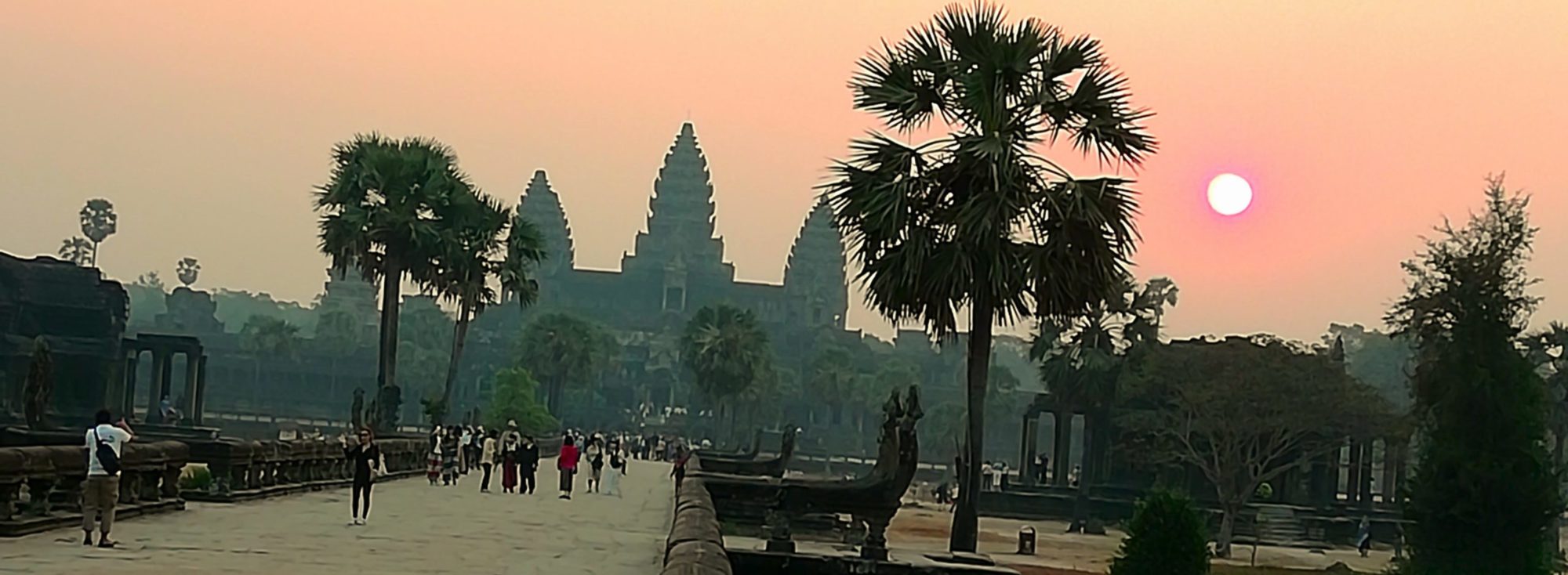
晴れた日には、はるか50キロ先の対馬もうっすらと望むことができるという。


林立する高層ビル、とても立派な近代都市に見える。






色とりどりの住宅が山麓にひしめきあう観光地。



戦争の悲惨を乗り越えた知恵
現地の人々の話しを聞いていて気付いたのは、彼らにとって「戦前・戦後」とは、もっぱら朝鮮戦争(1950-3)の前後であること。
釜山の「甘川文化村」(甘川洞)を見て、私は彼らに強い敬意を持った。
1950年代初頭。ここ甘川文化村(カムチョンドンムナマウル)は、金日成軍に追い詰められた北朝鮮からの難民などが建てた、その場しのぎの掘立小屋がひしめく山麓だったという。(このころ、釜山が臨時首都だった)
それが今では、見事なアートの「文化村」に生まれ変わり観光名所になっている。
悲惨を乗り越え、前向きに生きる知恵のたくましさを感じた。
同時に、あの残虐な戦争による「朝鮮特需」が日本の戦後復興のきっかけであった史実も正確に認識すべきだろう。それは、お隣さん・・・半島の人々の地獄の苦しみの上にできたのだから。
Wisdom that overcame misery…Korean people
As I listened to the local people’s stories, I realized that for them, “pre-war and post-war” primarily refer to the period before and after the Korean War(1950-3).
When I saw the Gamcheon Culture Village in Busan, I had a strong respect for them.
In the early 1950s, Gamcheon Culture Village was a mountainside where refugees from North Korea, cornered by Kim Il-sung’s army, built makeshift huts.
It has now been beautifully reborn as an artistic culture village and transformed into tourist attraction. I was impressed by the strength of the wisdom to live that overcame misery.
At the same time, I thought that we should accurately recognize the historical fact that the “Korean special demand” caused by that brutal war was the catalyst for Japan’s post-war reconstruction. It was only possible because of the hellish suffering of the people of our neighboring peninsula.

